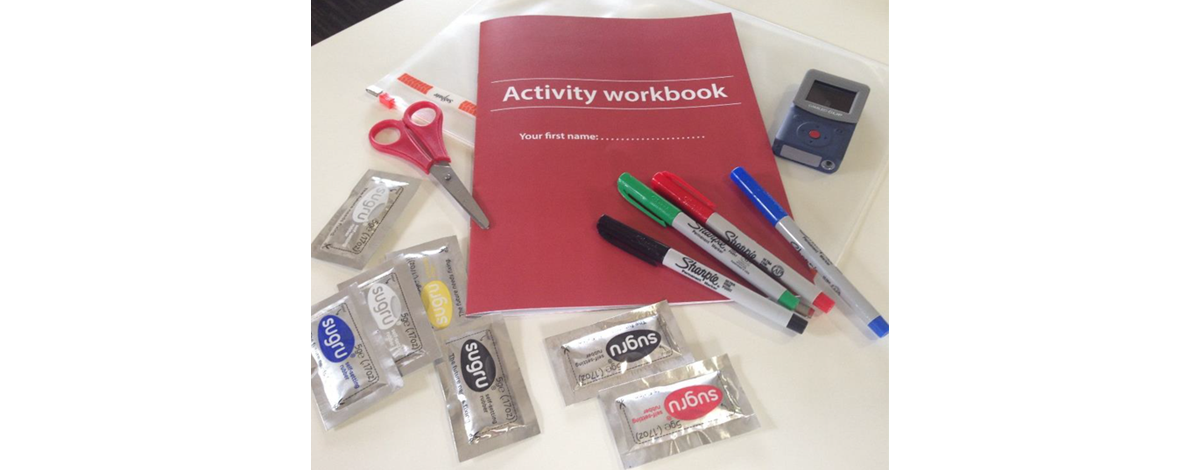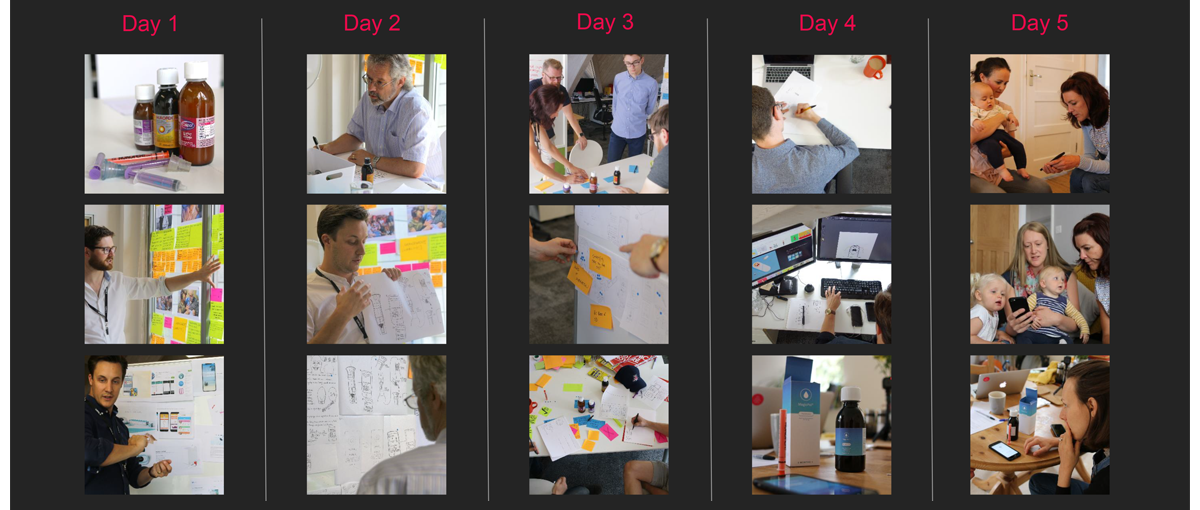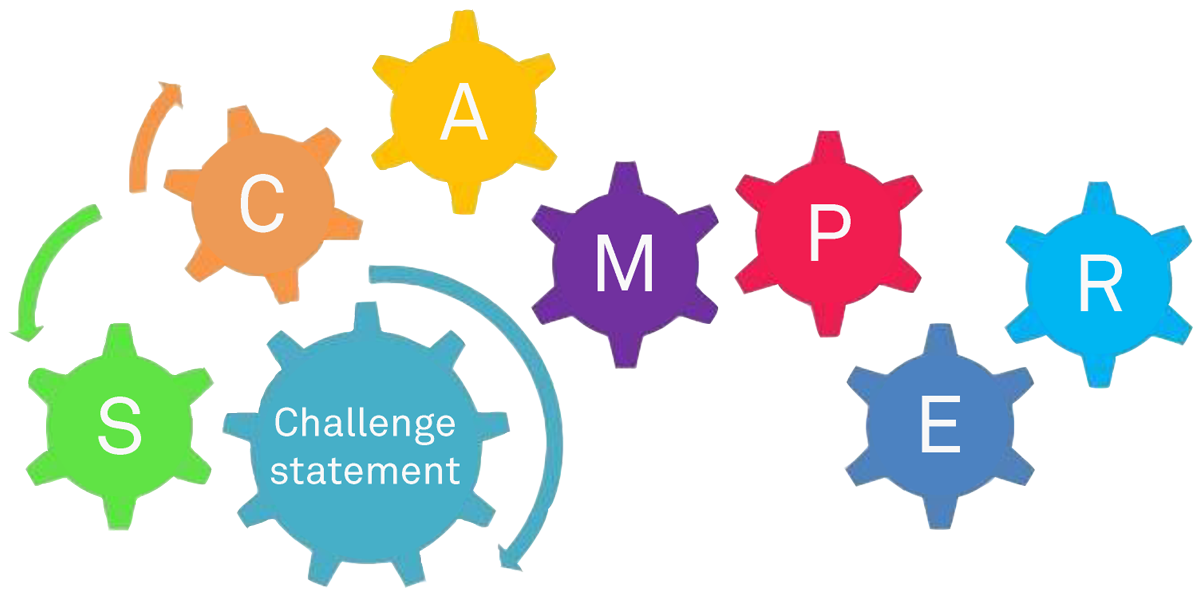Top 10 picks from my medical device innovation toolkit
How can you ensure you set off on the ‘right’ path of medical device development?
How can you ensure you set off on the ‘right’ path of medical device development?
I often conduct front end innovation workshops with clients. During these workshops, I like to use specific innovation tools to help stakeholders deliver the ‘right’ device.

Working your way through the early parts of these projects can be complex. Setting goals and a vision for the device, making sense of what you know and discovering what you don’t know, can be a real challenge.
Taking time to understand and decipher inputs, prioritise opportunities, and make an informed judgement on project direction, with agreement from multiple diverse stakeholders are all key activities in the innovation process that can determine the success of a project.
I’ve managed front end innovation projects for a long time and over the years I’ve used a lot of strategic and creative tools… I thought I would share my top 10 innovation tools from my toolkit. Some tools have been around for a while and some are relatively new. I’m always looking for new tools so please get in touch if you’ve tried anything recently that you found particularly helpful!
Strategic innovation tools
These are tools that I find really useful at the start of a project to help with setting strategic direction or to aid communication. It can be used to get an understanding and consensus from a diverse group of stakeholders in a strategic workshop.
Tool 1: Lego serious play

Overview:
Use of Lego bricks as a tool to empower participants to communicate their thoughts and feelings through the use of metaphors.
Methodology:
A series of questions are posed to the group. Each individual must portray and describe their response to the question using Lego. Everyone has a voice and everyone must listen.
Applications:
– Customer experience
– Business model planning
– Improving communication

Overview:
Techniques that help members of a working group share their perspectives on the task at hand and build a common understanding of goals and potential problems.
Methodology:
A facilitator or team leader first asks each member of the group to articulate his or her hopes for the outcomes of the process. The same is done for the groups’ fears and concerns. These are recorded on a display board and organised into related clusters. Each item is discussed to ensure that it is well understood by everyone.
Applications:
Ensuring all group members are on the same page.
Opportunity discovery tools
Once strategic direction of the project is set, doing exploratory research will help fill gaps in the group’s knowledge and identify where there may be opportunities for innovation.
The following three opportunity discovery tools are extremely helpful for understanding technical and commercial opportunities, and challenges that our target users are facing.

Overview:
A rigorous process to explore potentially applicable or disruptive technologies for a specific application.
Methodology:
Obtain an understanding of the parameters of the application for which the technology is to be sourced. Search a wide range of sources to identify suitable technologies. Cluster, filter and prioritise technologies against pre-determined criteria to provide recommendations.
Applications:
Any application for which an applicable technology needs to be found.

Overview:
Gathering inspirational data about people’s lives, values, emotions and thoughts, to inspire a design process.
Methodology:
Small packages are sent to participants and can include for example; pens, cameras, diaries, modelling clay etc. along with a workbook of evocative tasks to allow them to record specific events, feelings or interactions.
Applications:
Stimulating designer’s imaginations and opening up the design space.

Overview:
Research, review and analysis of a given market.
Methodology:
Mapping and landscaping the market drivers, products and technologies in a specific market to give a comprehensive overview of its current status, future trends and predicted market growth.
Applications:
– Market assessment
– Opportunity identification (gaps in the market)
Creative innovation tools
Once opportunities for innovation are identified, this next set of creative tools can inspire people to be open-minded, think differently, challenge assumptions and rapidly assess the feasibility of early ideas.

Overview:
Rapid innovation process which progresses from understanding the problem through to testing working prototypes with users in 5 days.
Methodology:
Day 1: Problem exploration and lightning demos
Day 2: Four stage sketch and crazy eights creative sessions
Day 3: Decision making and prototype planning
Day 4: Prototyping
Day 5: Testing
Applications:
Rapid, iterative, concept generation.

Overview:
Creativity technique that explores associations with random stimulus to create new ideas.
Methodology:
Users are presented with a random stimulus, which could be a word, picture, object etc. and asked to explore associations with it that could trigger novel ideas that would not emerge intentionally.
Applications:
Inspiration to think differently in a creative session.

Overview:
SCAMPER is an effective brainstorming tool to encourage thinking differently about a problem.
Methodology:
Brainstorm participants are encouraged to follow SCAMPER: substitute, combine, adapt, modify, put to another use, eliminate and reverse ideas in an attempt to find novel ideas.
Applications:
Inspiration to think differently in a creative session.
Filtering and ranking tools
Finally, whether you’re trying to get a group of diverse stakeholders to agree on the priority of device requirements, or to filter and agree on promising device concepts, this final set of filtering and ranking tools are great for getting consensus and prioritisation.

Overview:
Filtering of ideas based on an initial gut feel.
Methodology:
Users are given sticky dots or some kind of mark for placing on favourite and least favourite ideas. Users are asked to consider previously defined selection criteria and then mark their most and least preferred ideas based on gut feel.
Applications:
Coarse filtering of a large number of ideas prior to a more detailed selection process.

Overview:
Technique to determine not only order of preference for a range of ideas, but also how much more one idea is preferred over another.
Methodology:
Users are asked to share out 100 points between the ideas that they are reviewing. Depending on preferences, users can distribute the points evenly, or in any split; and can give some ideas 0 points or one idea all 100 points.
Applications:
Idea selection.
There are many more tools in my toolkit. The ones I choose to use vary depending on the project and its focus, but I find that using a selection of tools helps me find a way through the sea of decisions that need to be made and ideas that need to be selected in my projects – which is key to staying on the path to developing the ‘right’ device.
Charlotte is a senior consultant within our project management group where she combines her project management, business development and human factors skills within our multi-disciplinary teams. Charlotte has a proven track-record of managing projects to deliver a wide range of medical devices.
Looking for industry insights? Click below to get our opinions and thoughts into the world of medical devices and healthcare.